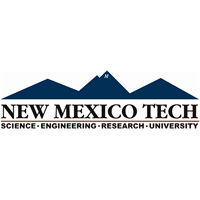Below is a summary of the abstract you submitted. Presenting author(s) is shown in bold.
If any changes need to be made, you can modify the abstract or change the authors.
You can also download a .docx version of this abstract.
If there are any problems, please email Dan at dar78@pitt.edu and he'll take care of them!
This abstract was last modified on March 21, 2023 at 3:45 p.m..

Despite being incredibly abundant on Earth, bacteriophages (viruses that infect bacteria) and their genomes are relatively unknown to science. Our research aims to address this by discovering, archiving, and analyzing novel desert phages that infect soil microbes, with implications for how phages contribute to global ecosystem dynamics. We isolated bacteriophages from soil samples that we collected, and subsequently purified and characterized those phages and their genomes. We extracted DNA from the novel bacteriophages Mossy and Erutan, and sequenced their whole genomes using paired-end Illumina sequencing. The genomes of both bacteriophages were assembled, and we annotated and functionally characterized all the genes in both genomes as part of the SEA-PHAGES – Bioinformatics course at NMT. Mossy had a genome 61,182 base pairs in length, consisting of 89 protein-coding genes, all of which were encoded on a single strand of the DNA. Mossy’s genome also provided evidence of an ancient duplication event shared by multiple phages in the DJ cluster, as well as a novel insertion that appears to be bacterial in origin. Erutan’s circularly permuted genome was 66,957 base pairs in length, with 94 protein-coding genes, again all on a single strand, and no tRNAs. Together, these phage genomes expand the repertoire of available phages for use in biotechnological applications through the SEA-PHAGES program, part of the HHMI Science Education Alliance. This program has given freshmen hands-on, course-based research experience as an introduction to the Biology and Biomedical Sciences programs.
